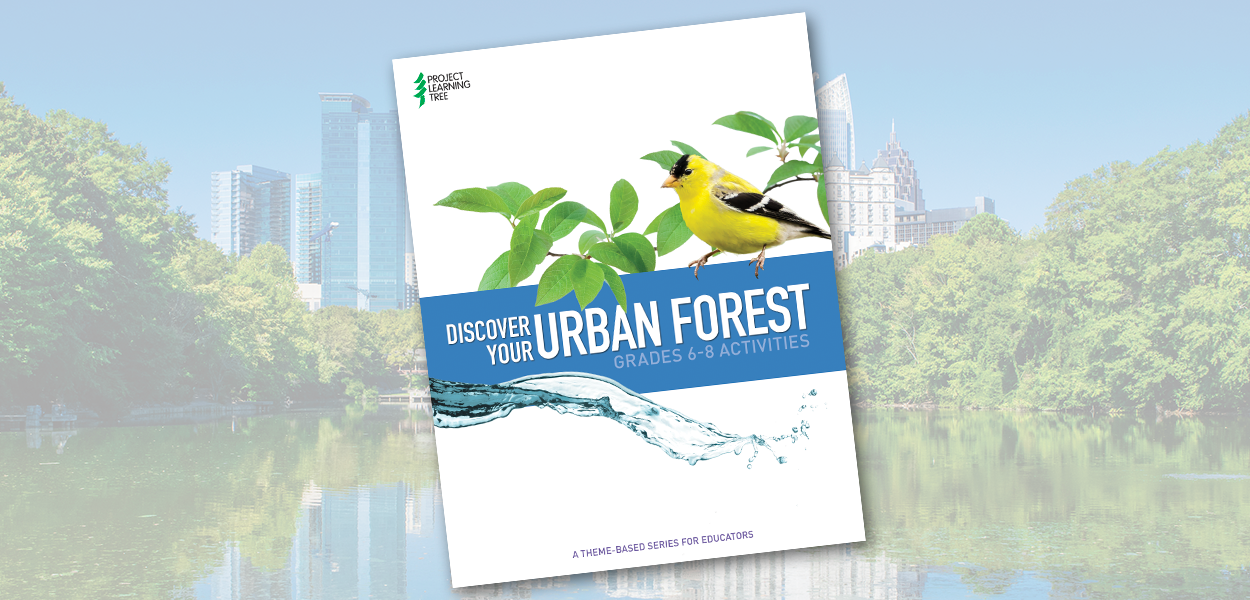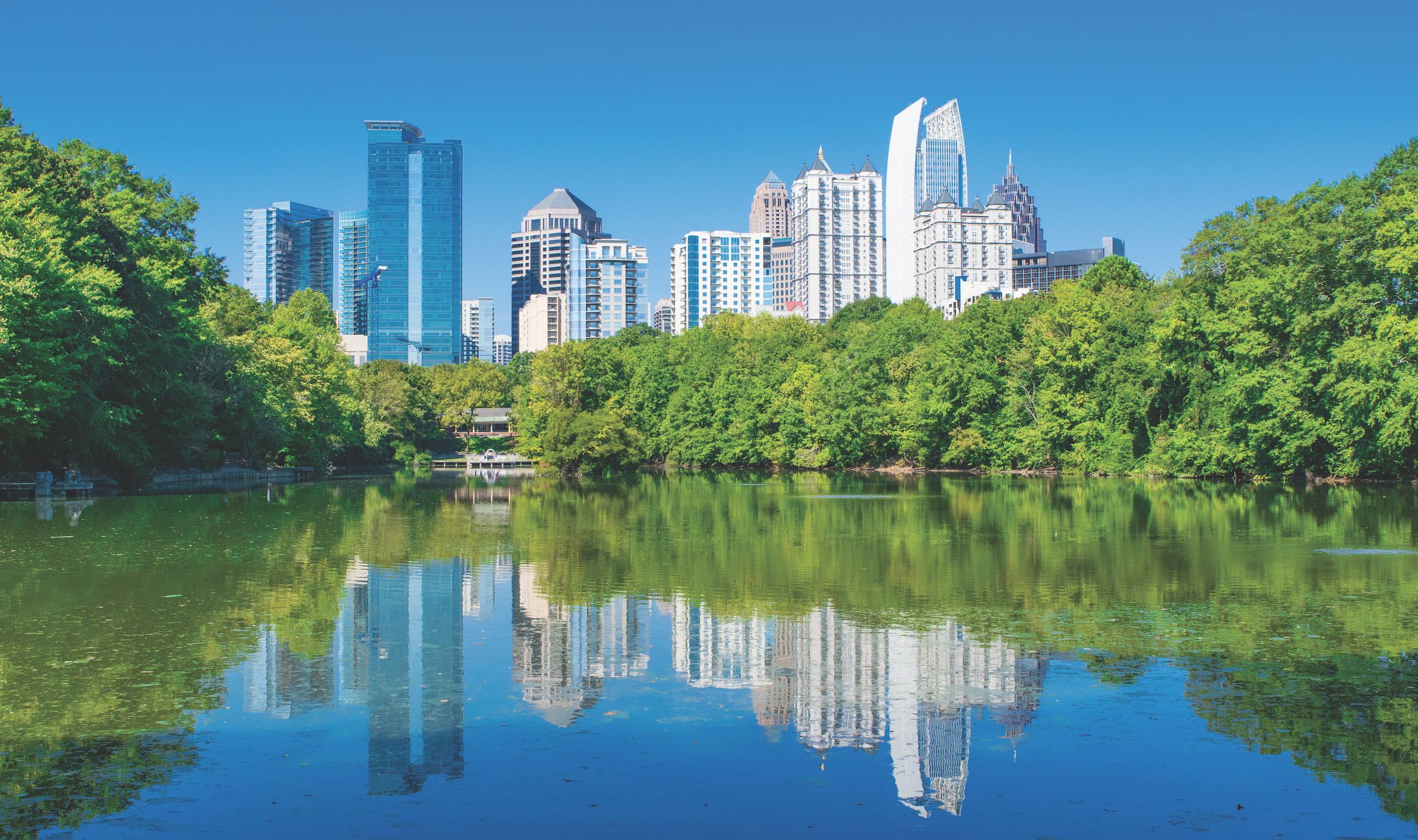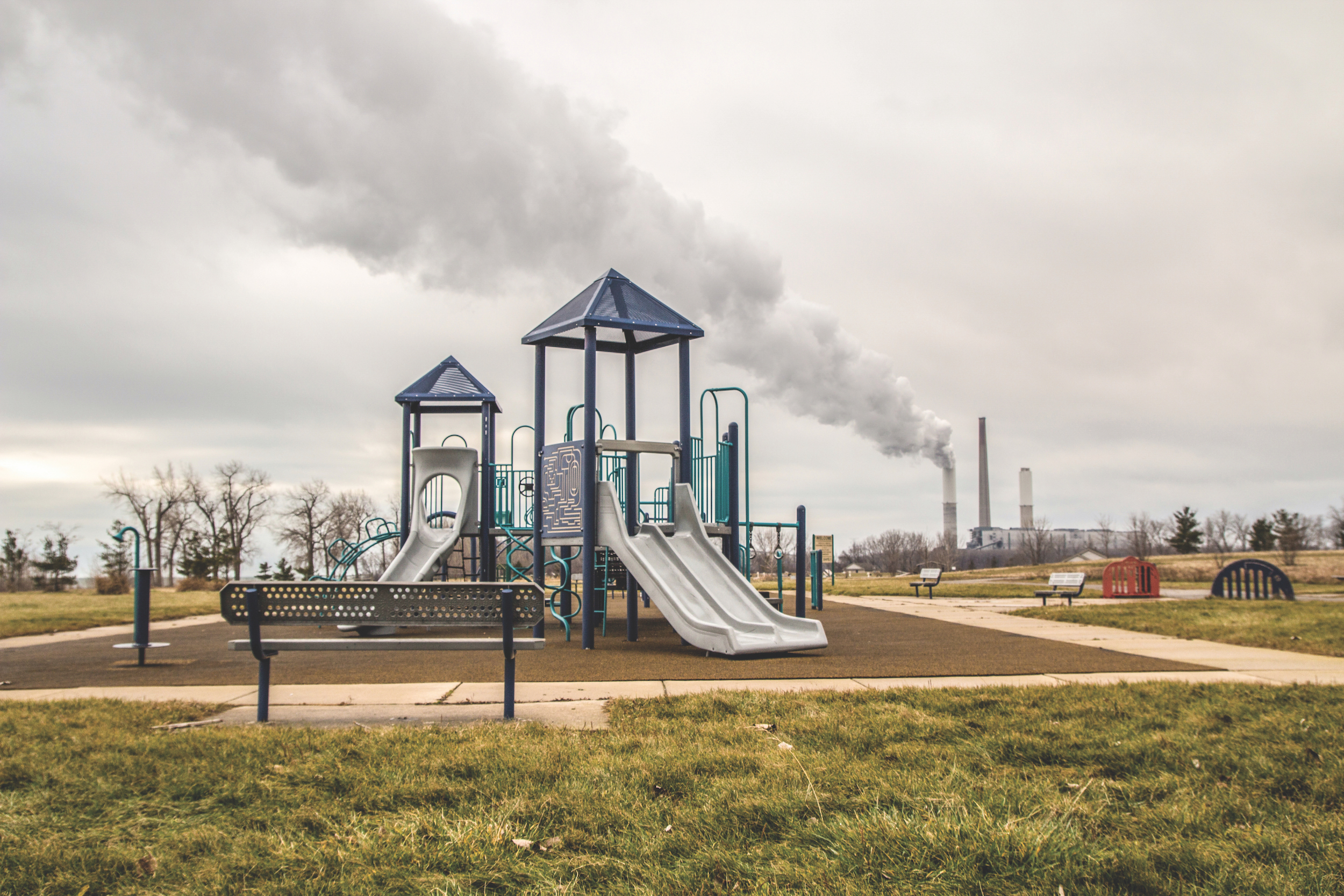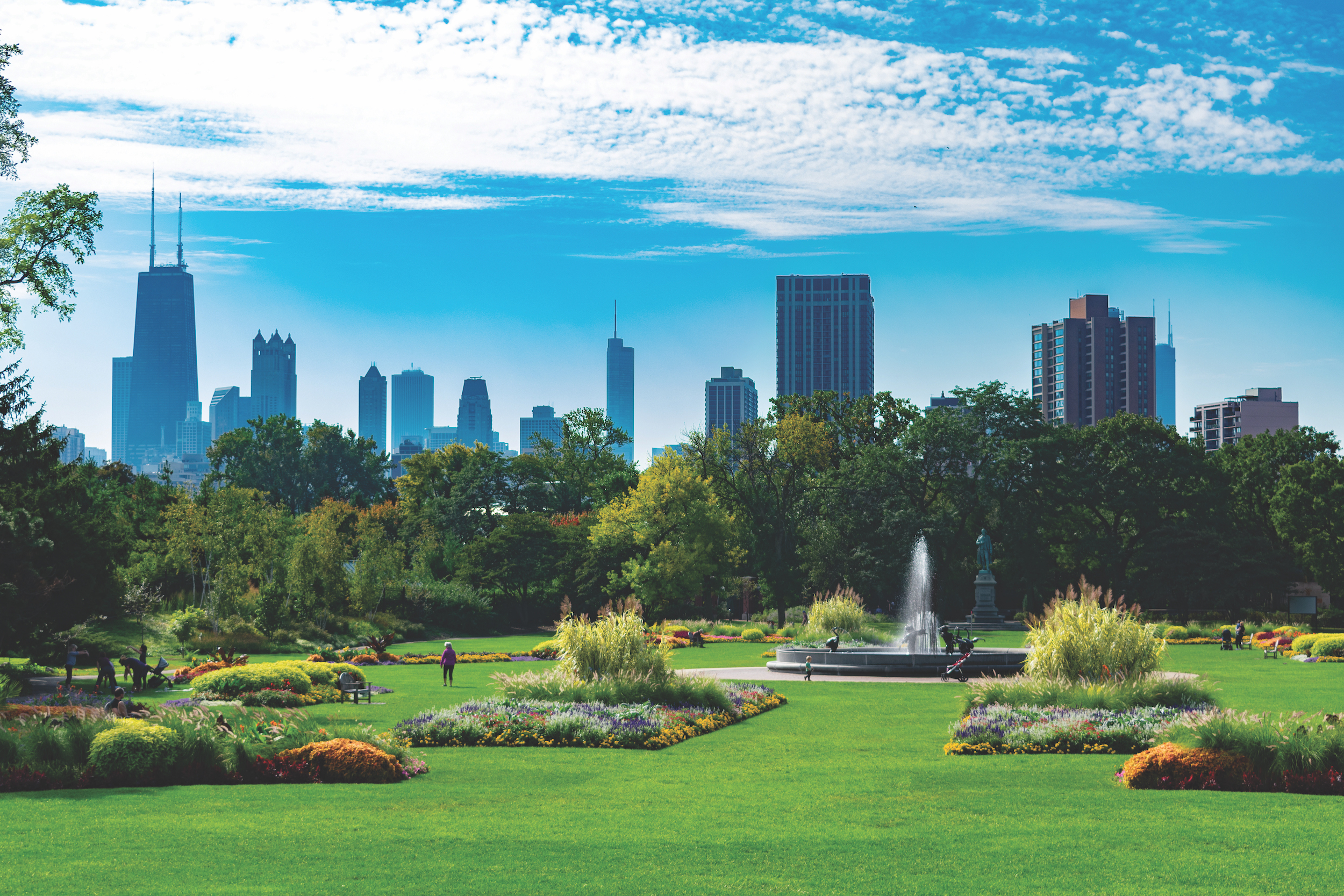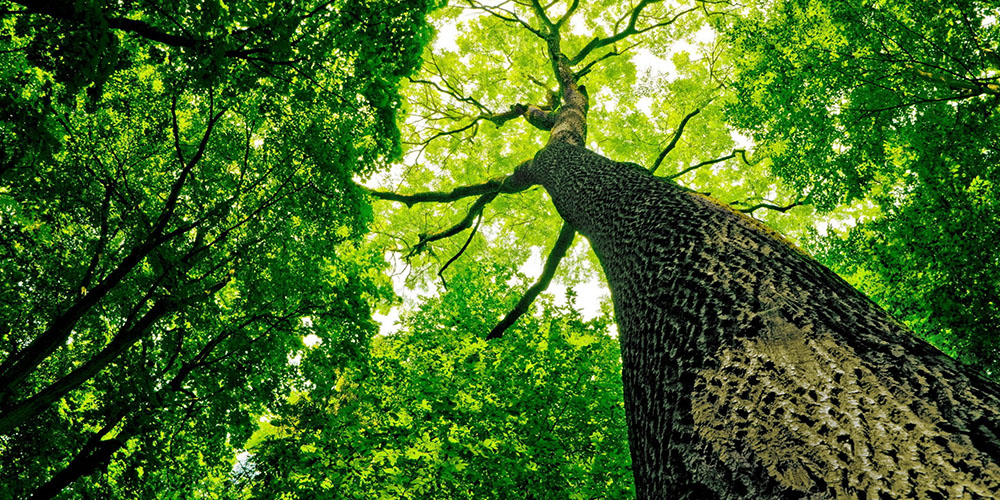Discover Your Urban Forest
Discover Your Urban Forest for Grades 6-8
PLT’s Activity Collection provides content in support of an identified theme for a particular grade level. Designed to be flexible, the activities that comprise each collection can be used as individual, stand-alone lessons, or all together as a cohesive unit of instruction using a storyline technique.
Discover Your Urban Forest encourage learners to investigate environmental issues that affect their urban community. By inspiring youth to learn about the place they live, these activities help students better understand how the world works and what sustains them.
Designed to be flexible, the activities can be used as individual, stand-alone lessons, or all together as a cohesive unit of instruction using a storyline technique:
- Decisions, Decisions: Decisions about community land use are complex and often involve many people in many ways. Students use trees as a backdrop to develop a land-use plan.
- Environmental Justice for All: Everyone has an equal right to a healthy environment—but does everyone have a healthy environment? Students propose actions to resolve various scenarios and then research issues related to environmental justice in their own state.
- Forest in the City: The trees in our communities provide many benefits: they improve air quality, store carbon, and conserve energy. Students conduct a survey to investigate the social and psychological effects of the urban forest.
Features
- Multidisciplinary activities integrate core discipline areas, including STEM subjects, reading, writing, and social studies.
- Hands-on activities connect children to nature in the city and the outdoors and are designed to develop students’ critical thinking, problem-solving, and decision-making skills.
- Background information, suggestions for enrichment, and student assessment tools for teachers.
- Copyright-free Student Pages, or worksheets, can be easily loaded to Google Classroom.
- Explicit connections to academic standards for science, English language arts, and social studies.
- New supporting features include “Differentiated Instruction” techniques, “Take It Outside!”, “Did You Know?” forest facts, plus a “Career Corner” within each Student Page introduces youth to forest-related careers.
Learning Progressions
Storylines provide connectedness and continuity to individual activities and can serve as the instructional glue that holds areas of knowledge and skills together. The activities in Discover Your Urban Forest may be linked together into a unit of instruction using a storyline technique, such as the one that follows.
- Guiding Question: How does the urban forest support our community’s sustainability and resilience?
- Storyline: Students explore relationships between the urban forest and the component parts of communities, as well as investigate potential environmental justice issues in their own community.
Decisions, Decisions
Decisions about community land use are complex and often involve many people in many ways. In this activity, students use trees as a backdrop to develop a land-use plan.
Environmental Health for All
Everyone has an equal right to a healthy environment—but does everyone have a healthy environment?
Forest in the City
The trees in our communities provide many benefits: they improve air quality, store carbon, and conserve energy.
Classroom educators and nonformal educators alike need to ensure that instruction helps diverse learners meet rigorous academic benchmarks. Each PLT activity displays explicit connections to practices and concepts mandated by the following national academic standards.
Here is an example from “Forest in the City:”

Login to download supporting materials such as appendices and teaching tips.
Login
 Get this Guide
Get this Guide
